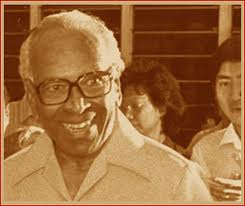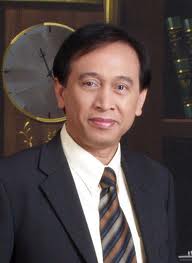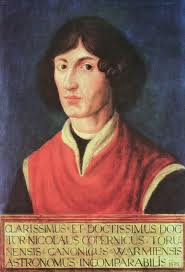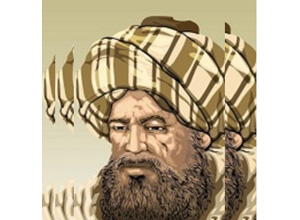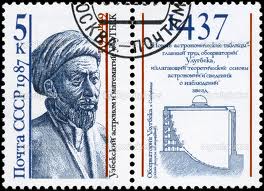Darul Aqsha
BANDAR SERI BEGAWAN
ON AUGUST 8,1967 the “Bangkok Declaration” gave birth to ASEAN the Association of Southeast Asian Nations an organisation that would unite five countries in a joint effort to promote economic co-operation and the welfare of their peoples.
This five-member grouping of Southeast Asian countries comprising Indonesia, Malaysia, the Philippines, Singapore and Thailand would over the span of 44 years grow to become a strong-linked geo-political and economic organisation of countries occupying the prosperous Southeast Asia region. Since then, its membership has expanded to include Brunei, Myanmar, Cambodia, Laos and Vietnam.
 ASEAN is a geo-political and economic organisation of 10 countries located in the Southeast Asia region covering 4.46 million sqm with a population of approximately 600 million people. Its combined nominal GDP had grown to US$1.8 trillion in 2010. As a single entity, ASEAN would rank as the ninth largest economy in the world.
ASEAN is a geo-political and economic organisation of 10 countries located in the Southeast Asia region covering 4.46 million sqm with a population of approximately 600 million people. Its combined nominal GDP had grown to US$1.8 trillion in 2010. As a single entity, ASEAN would rank as the ninth largest economy in the world.
Bearing that in mind, it’s time to reminisce about the four foreign ministers and a deputy prime minister who represented their respective countries in signing the ASEAN Declaration 44 years ago in Bangkok, Thailand.
Without the founding fathers’ contributions and determination, ASEAN would never have come into existence.
Adam Malik
Adam Malik was born in Pematang Siantar, North Sumatra, Indonesia on July 22, 1917. Adam was an autodidact. Before he became the third Vice President of Indonesia, he was a politician, journalist, senior diplomat, minister of culture, minister of trade, minister of economy and legislator. His diplomatic career started when Acting President of Indonesia Soeharto officially chose him as foreign minister in 1967. When Soeharto was officially elected as the Indonesian president, he then appointed Adam as minister of foreign affairs in 1968 . As foreign minister, he insisted that ASEAN should only be about economic, not military cooperation.He was also Indonesian ambassador to Soviet Union and the 26th President of the United Nations General Assembly (1971-1972). In 1977, Malik was elected as the Chairman of the People’s Consultative Assembly (MPR). In March 1978, he was chosen by Soeharto as Vice President (1978-1983). He received the Dag Hammarskjold Award from the United Nations (1982) and was recognised as an Indonesian national hero. On September 5, 1984, Adam Malik died of liver cancer in Bandung, West Java.
He wrote a memoir entitled ‘Mengabdi Republik’ (Serving the Republik, 1978).
Narciso R Ramos
Narciso Ramos was born on November 11, 1900 in Asingan, Pangasinan, the Philippines. He studied journalism and law. Ramos later embarked into becoming a journalist, lawyer, human right activist, legislator and diplomat. His career in foreign service commenced when President Roxas called him to establish the Philippines’s foreign service and organise the first Philippine embassy in Washington DC, after the country regained independence, 1946.He was Philippine ambassador to Argentina (1949-1952) and the first head of the Philippine mission in New Delhi and Taipei (1956). He then was appointed foreign secretary by President Ferdinand Marcos (1965-1968). Besides signing the ASEAN Declaration in 1967, he also endeavoured to remould Philippine friendship with the United States by signing the Ramos-Rusk Agreement, which decreased the tenure of the RP-US military bases agreement by 25 years and allowed the crucial changes in the Military Bases Accord on January 7, 1979.
He was also involved in re-establishing the Asia Pacific Council (ASPAC). He was asked to lead the Asian Exchange Center in Taipei (1982-1985). On February 3, 1986, he died of stroke. His first son of three children, Fidel V Ramos, was 12th Philippine President (1992-1998).
For his foreign service, he was bestowed the Order of Sikatuna Award (rank of Datu) and the Legion of Honour award (rank of commander) and the Bronze Medal of Valour for his services as a guerrilla during World War Two.
S Rajaratnam
Sinnathamby Rajaratnam was one of the founding fathers of independent Singapore when it achieved self-government in 1959 and later independence in 1965. Born on February 25, 1915 in Jaffna, Sri Lanka, he was a politician, journalist, minister of culture, minister of manpower, minister of foreign affairs, deputy prime minister and senior minister. He studied law and journalism in London. After returning to Singapore in 1948, he became a journalist and joined The Straits Times in 1954. His career as a diplomat began when he was appointed as the first foreign minister in 1965.Rajaratnam helped Singapore gain entry into the United Nations and later the Non-Aligned Movement (NAM) in 1970. He built up the Foreign Service, establishing diplomatic links with other countries and secure international recognition of the new nation’s sovereignty. Rajaratnam retired in 1988. He then served at the Institute of South East Asian Studies as a Distinguished Senior Fellow (1988-1997). In 1994, Rajaratnam was diagnosed with dementia and was unable to move or talk by 2001. On February 22, 2006, he died of heart failure.
Thanat Khoman
Thanat Khoman was born in 1914 in Bangkok into a Sino-Thai family. He studied law in France and entered his country’s diplomatic service in 1940. He was ambassador to US in Washington, DC (1957) and served as Thailand’s foreign minister (1959-1971). His major contribution was in promoting regional reconciliation and cooperation.He played a key role in mediating between Indonesia and Malaysia in the mid-1960s; the choice of Bangkok as the venue for the founding meeting of ASEAN in August 1967. After stepping down as a technocratic foreign minister, he entered politics and became the leader of the Democrat Party between 1979 and 1982 and a deputy prime minister between 1980 and 1982, after which he retired from public life.
Tun Abdul Razak
Tun Abdul Razak Hussein Al-Haj was born on March 11, 1922 in Pekan, Pahang, Malaysia. He was Prime Minister of Malaysia (1970-1976) and Deputy Prime Minister and Defence Minister (1957-1970). Previously he was a lawyer and politician (UMNO, 1953-1976).Upon his return to Malaysia, he joined the Malayan Civil Service. His political activities in UMNO led him to be Pahang’s Chief Minister at the age of 33, Education Minister (1955) and the Minister of Rural Development (1959). In January 14, 1976, he died of leukaemia while seeking medical treatment in London. He was posthumously granted the title “Father of Development”. Abdul Razak’s eldest son, Najib Tun Razak, became the sixth Prime Minister of Malaysia on April 3, 2009.
The Brunei Times
Tuesday, August 9, 2011




